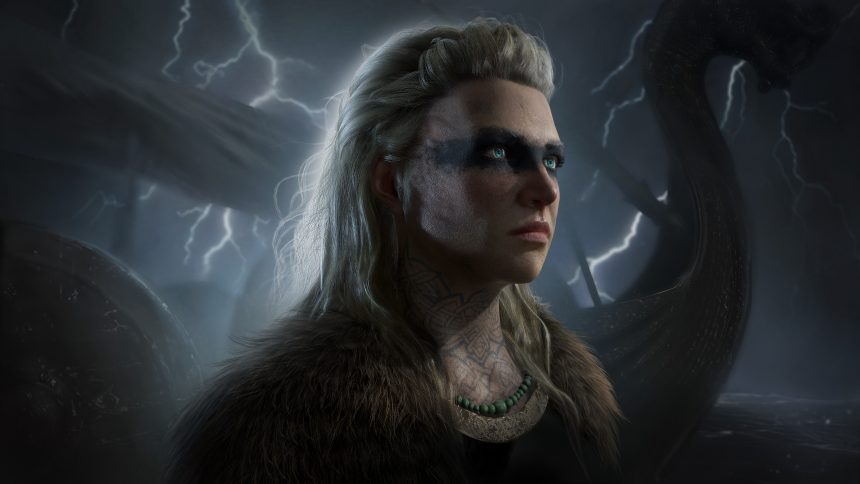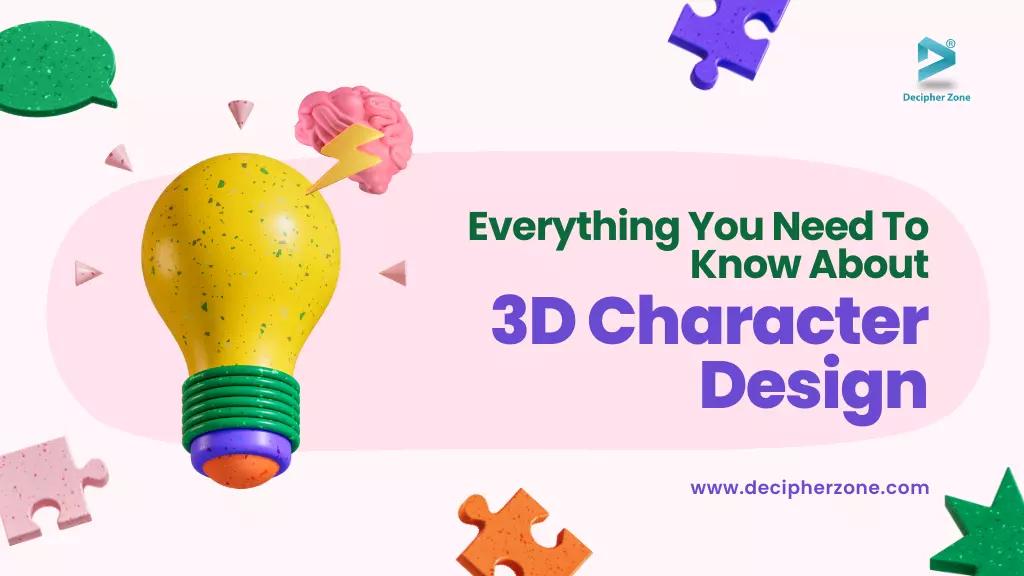In this comprehensive guide, we will explore the fascinating world of 3D character design. From the importance of creating visually appealing and immersive characters to the intricate process involved in their development, we will provide valuable insights into the art and craft of 3d modeling characters.
Whether you're a game developer, an animator, or simply an enthusiast curious about the creative process, this article will equip you with the knowledge you need to understand and appreciate the world of 3D character design.
Importance of 3D Character Design
3D character design holds immense importance in the realms of gaming, animation, and visual storytelling. It serves as a pivotal element that brings virtual worlds to life, captivates audiences, and enhances the overall quality of digital experiences.
Read: What is Web3 Gaming
Let's delve into the key reasons why 3D character design is crucial:
-
Enhancing Visual Appeal and Realism: Well-designed 3D characters possess a level of realism and visual appeal that immerses players or viewers in the virtual environment. Attention to detail, intricate textures, and lifelike animations contribute to a heightened sense of believability, making the characters feel more authentic and engaging.
-
Establishing Unique and Memorable Characters: Memorable characters are the heart and soul of any successful story or game. 3D character design allows for the creation of unique and distinctive personas that stand out from the crowd. These characters become iconic, leaving a lasting impression on the audience and establishing a strong emotional connection.
-
Conveying Personality and Storytelling: Characters communicate emotions, personalities, and narratives through their visual design. By carefully crafting their appearance, expressions, and body language, 3D character designers can convey a wealth of information about the character's background, motivations, and role within the story. This enriches the overall storytelling experience and deepens the audience's engagement.
-
Facilitating Immersion and Player Engagement: Immersion is a critical factor in gaming and interactive experiences. Well-designed 3D characters contribute to this immersion by seamlessly integrating into the virtual world and reacting realistically to player actions. When players feel connected to the characters they control or encounter, they become more invested in the game, leading to heightened engagement and enjoyment.
- Differentiating Games and Building Brand Identity: In a highly competitive industry, 3D character design plays a vital role in distinguishing games from one another and establishing a brand identity. Iconic characters can become recognizable mascots or symbols associated with a particular game or franchise, creating a unique selling point and fostering a dedicated fan base..

The Process of 3D Character Design
Creating a captivating and visually appealing 3D character involves a systematic and iterative process that combines artistic vision, technical expertise, and attention to detail. Game design studios employ a well-defined process to bring characters to life in their projects. Let's explore the typical steps involved in the process of 3D character design:
-
Conceptualization and Character Brief: The initial stage begins with conceptualization, where the game design studio collaborates with the creative team to define the character's key attributes, backstory, personality, and role within the game. This character brief serves as a foundation for the design process.
-
Sketching and Thumbnailing: Artists and concept designers create rough sketches and thumbnails to explore various visual concepts for the character. These quick and loose drawings help in brainstorming and refining the design direction before moving on to more detailed iterations.
-
3D Modeling: Using specialized software such as Maya, ZBrush, or Blender, the 3D modeling phase begins. Artists start by sculpting a high-resolution 3D model of the character, paying attention to anatomical accuracy, proportions, and surface details. This digital sculpture serves as the base for the character's final model.
-
Retopology and UV Mapping: In this step, the high-resolution model is optimized for real-time rendering by creating a clean and efficient topology. UV mapping is done to unwrap the model's surface, preparing it for the application of textures and materials.
-
Texturing and Materials: Artists apply textures, colors, and materials to the character model to add depth, surface details, and realism. Techniques such as hand-painting, procedural texturing, or using scanned textures are employed to achieve the desired visual quality.
-
Rigging and Skinning: Rigging involves creating a digital skeleton and attaching it to the character model, enabling realistic movements and animations. Skinning involves assigning the model's vertices to the skeleton, ensuring that the character moves convincingly when animated.
-
Animation: Animators breathe life into the character by creating a range of movements, gestures, and actions. They bring out the character's personality and ensure that their movements are smooth, natural, and expressive.
-
Testing and Iteration: Throughout the process, frequent testing and iteration are essential to refine the character's design, address any technical issues, and ensure it fits seamlessly within the game's environment and mechanics. Feedback from the development team and playtesting sessions helps in making necessary adjustments.
-
Finalization: Once the character design meets the studio's expectations, it undergoes final optimization for real-time performance, ensuring it runs smoothly on various devices. The character is integrated into the game engine, ready for gameplay, cutscenes, and interactions.
Conclusion
In conclusion, the importance of 3D character design cannot be overstated. It elevates visual appeal, enhances storytelling, fosters immersion, and differentiates games in a competitive market.
Read: Blockchain in Gaming
By investing in skilled 3D character designers and placing emphasis on creating compelling and memorable characters, developers can deliver captivating experiences that leave a lasting impact on players and audiences alike.

